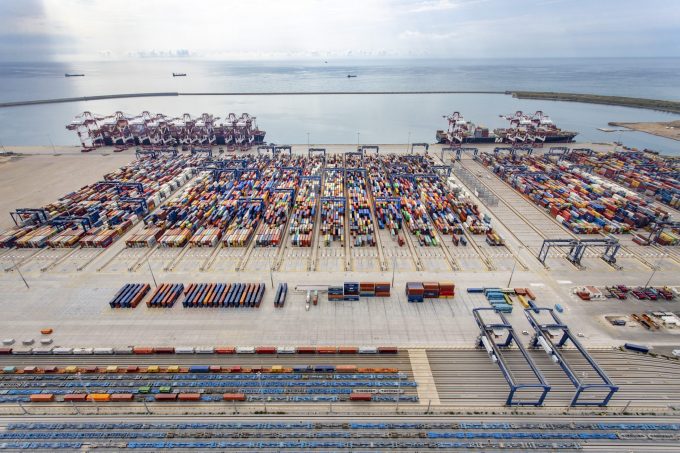Schedule reliability on the rise despite European port congestion
Despite ongoing reports and warnings of worsening port congestion levels in North European ports, container ...

Fears of widespread congestion across west Mediterranean container ports may have abated for the present, but a prolonged continuation of the Red Sea crisis could place serious pressure on the region’s port capacity.
“Carriers are optimising their networks constantly, because obviously with the de facto closure ...

Comment on this article